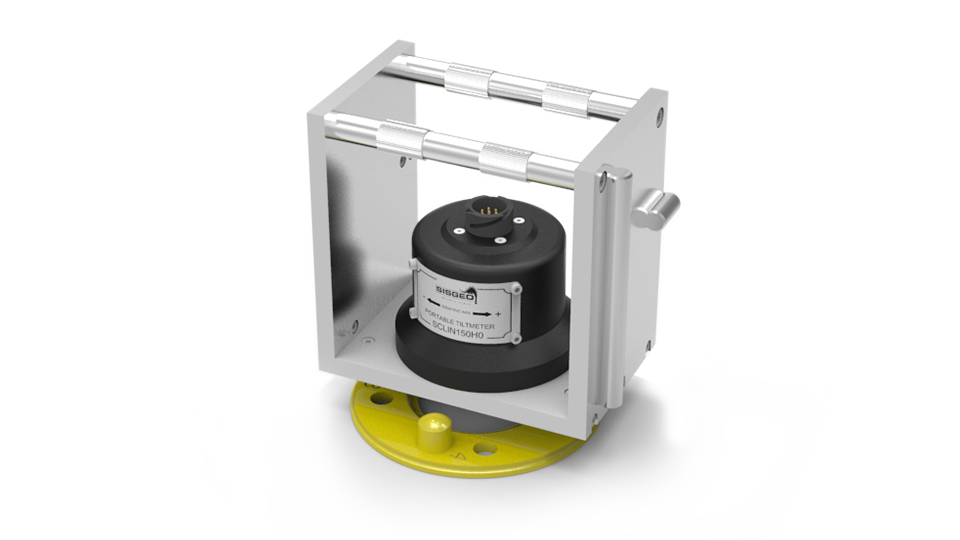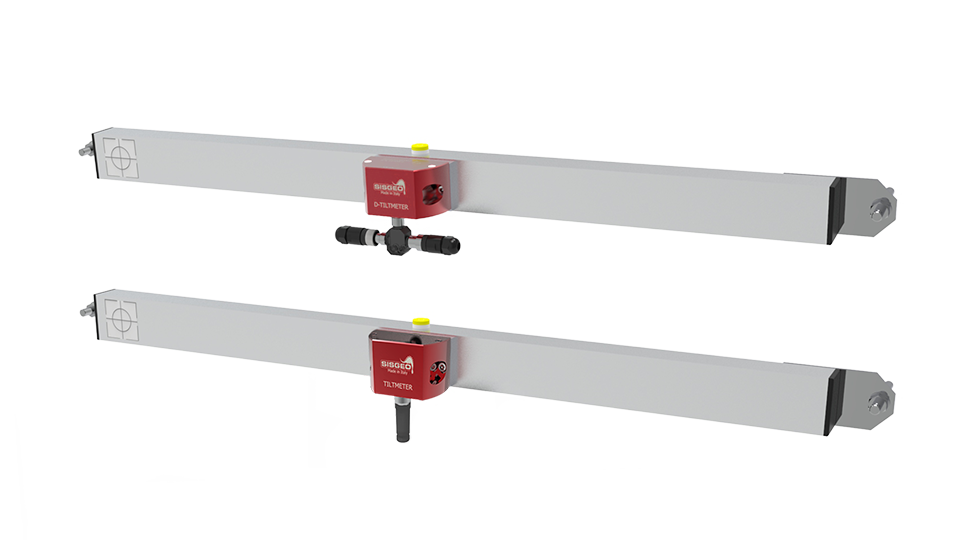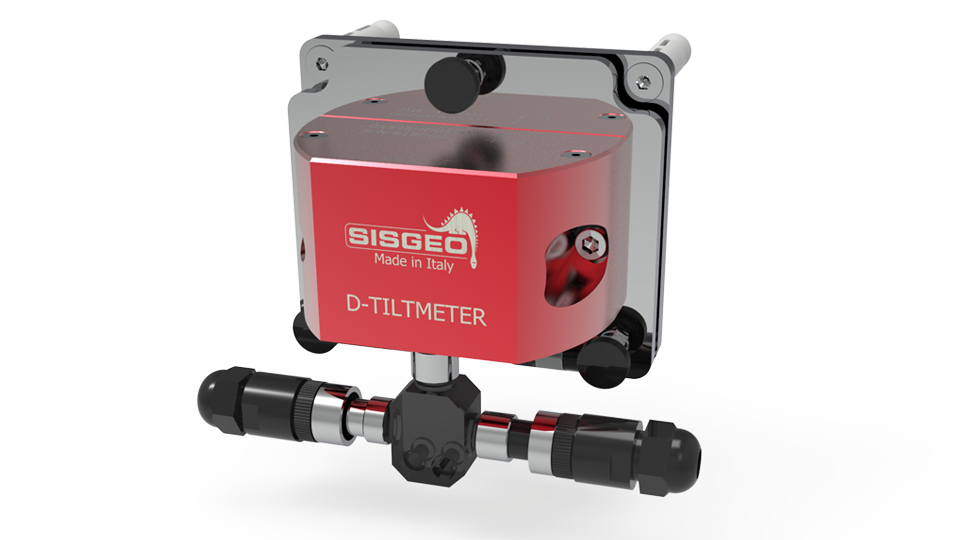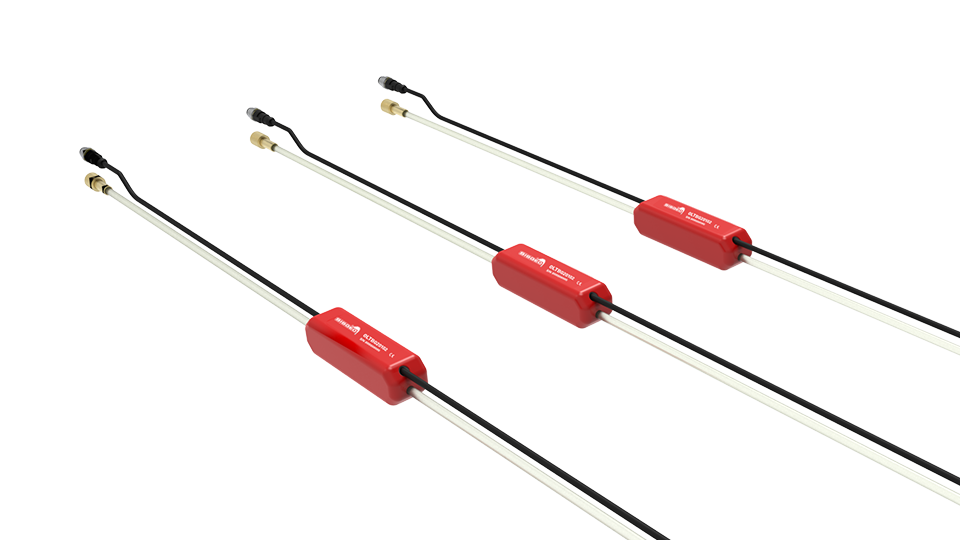MEMS Analogue Tilt Meters

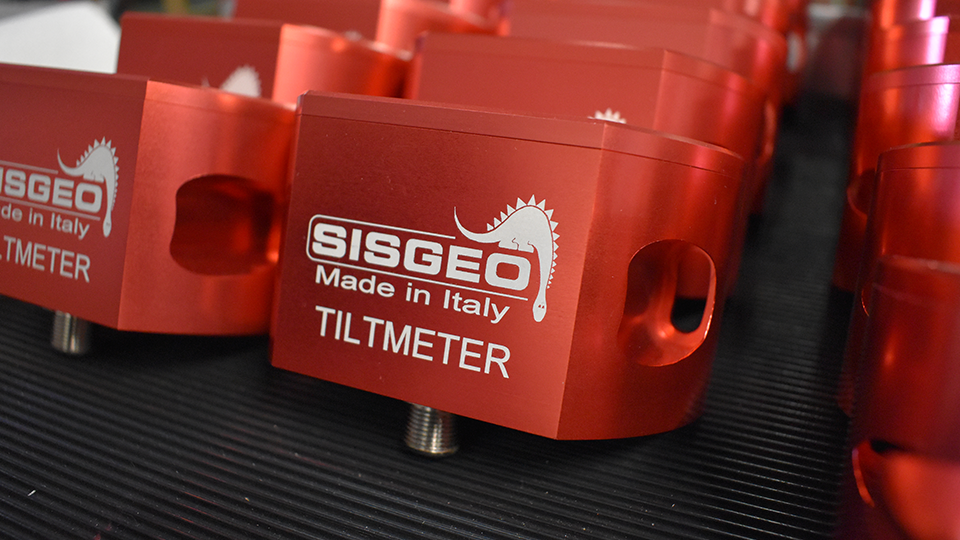
The measurement of inclinations is essential for the control and security of structures in elevation, both during the construction phase than in operation.
Thanks to the new MEMS self-compensated sensor or the force-balanced servo-accelerometer sensors, Sisgeo tilt meters ensure high accuracy and negligible dependence on thermal factors.
They can be read locally using a portable readout (i.e. CRD-400) or centralized with a datalogger for remote monitoring (i.e miniOMNIAlog).
MEMS tiltmeters are also available with IP68 enclosure for underwater installation.
Applications:
- Monitoring of inclination changes due to civil or industrial activities
- Retaining walls and diaphragms movements
- Monitoring of buildings damaged from earthquake
- Small dimensions for a lower visual impact on monuments and historical buildings
Tiltmeters are instruments that measure angles respect to the gravity acceleration vector. To get this result an accelerometer is required. It measures the projection of acceleration gravity on its sensing axis. Sensor can have 1, 2 or even 3 sensing axes.
The MEMS (Micro Electro Mechanical Systems) implementation of accelerometers it’s pretty young (about 20years) but mature enough to have its strong reliability been proven. MEMS are indeed silicon chips machined to create a mechanical part inside. The required electronic to read out the signal is inside the same chip.
The working principle is a spring-mass system: a mass (rotor) is anchored with springs to a fix frame (stator). When an acceleration occurs, the rotor moves respect to the stator loading or unloading the springs. That’s it: the displacement measurement is proportional to the applied acceleration. Displacement is measured with different technologies inside the chip but in its simplest form is related to a capacitance measure.
Sisgeo uses the state-of-the-art of MEMS accelerometers that implement several methods to compensate temperature variation and reduce the cross-axis error reaching very high accuracy.
Readable by
Questions
about this
product?
about this
product?
Learn more
Datasheet
Manual
Data processing
Faq
Questions
about this
product?
about this
product?
Learn more
Datasheet
Manual
Data processing
Faq



